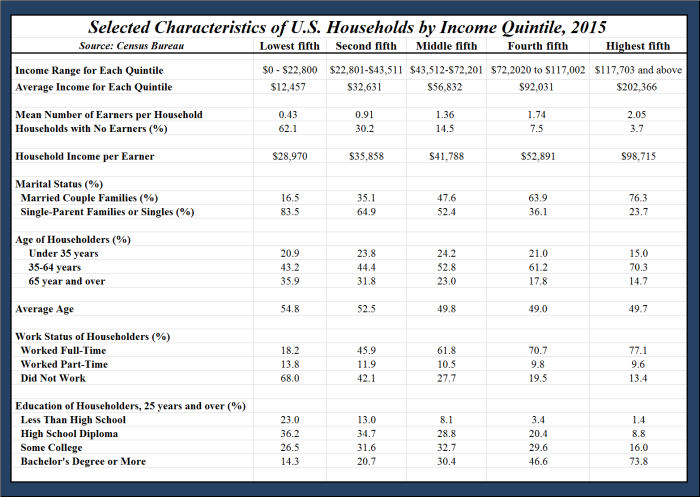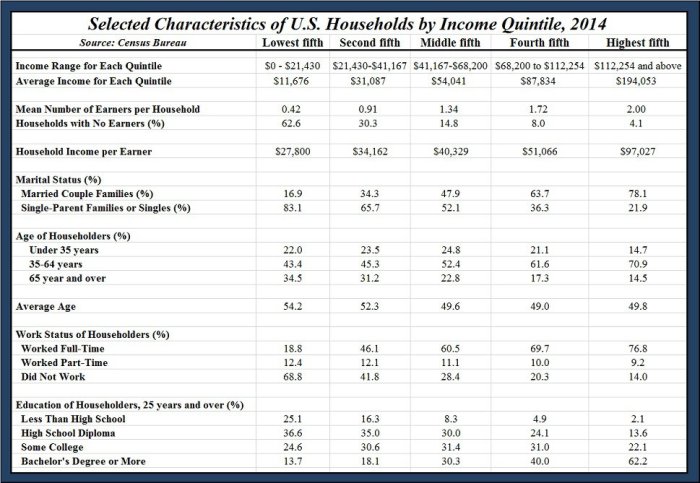Here are some excerpts from an article by Walter Williams:
A very large percentage of all incoming freshmen have no business being admitted to college… the average combined SAT score for white students was 1576 out of a possible 2400. Black student SAT scores, at 1277, were the lowest of the seven reported racial groups. The College Board considers an SAT score of 1550 as the benchmark that indicates a readiness for college-level work. Only 32 percent of white students scored at or above proficient in math, and just 7 percent of black students did. Forty-six percent of white test takers scored proficient in reading, and 17 percent of blacks did. The ACT, another test used for admission to college, produced similar results… 34 percent of whites who took the ACT were deemed college-ready in all four areas – English, mathematics, reading and science. For blacks, it was only 6 percent.
The most pervasive form of racial discrimination at most colleges is affirmative action. In the name of helping people from groups that have suffered past discrimination, colleges admit black students whose academic preparation differs significantly with that of their white peers… As a result, students who might be successes in a less competitive environment are turned into failures. One faculty member at a historically black college put it this way: “The way we see it, the majority schools are wasting large numbers of good students. They have black students with admissions statistics (that are) very high, tops. But these students wind up majoring in sociology or recreation or get wiped out altogether.”
The academic elite feel righteous seeing blacks on campus, even if they are severely mismatched. Black people must ask: Are we going to sacrifice our youngsters so that white liberals can feel good about themselves?

